
Editor’s Note: “Over a Beer” is a regular column written by Greg Heil. While Greg is the Editor in Chief for Singletracks.com, any opinions expressed in this column are his alone and do not necessarily represent the opinions of Singletracks.com.
Over the years, I’ve learned that in order to be a healthy athlete, I need to do much more than just mountain bike–I need to be serious about cross-training, stretching, and participating in other sports. Unfortunately, I’ve learned that lesson the hard way.
[see_also id=’186502′]
Heading into 2017, I thought to myself: “How can I transform my thinking to promote a healthy balance in my athletic life, and not get too hung up on JUST mountain biking all the time?” It occurred to me that I need to shift my focus from racking up mountain bike miles and instead track some other metric to gauge whether or not I’m successful. (But don’t get me started on success.)
“What gets measured, gets managed,” as they say (the actual source of this quotation is hotly debated). But in a related sense, what doesn’t get measured doesn’t get managed. While I love creating spreadsheets to track my metrics across a wide variety of goals ranging from athletics to finances and everything in between, I’ve realized that I can’t track everything in my life. Some things I need to simply let be, allow them to remain unmeasured, and simply enjoyed in the moment. So, to promote health in 2017, I decided to stop consciously measuring and managing some metrics (like bike miles) and start measuring another metric.
My current key metric is human-powered elevation gain across all sports.
Elevation Gain: Leveling the Playing Field

While miles of human-powered travel are most easily achieved on the bike, creating an elevation goal helps level the playing field between many different activities. Sure, sports like road biking will always have an advantage, but I don’t spend much time on the road bike. Hiking will always have a disadvantage because hiking down takes just as much time and effort as going up.
But if you take, say, backcountry skiing and compare it to mountain biking, the amount of elevation gain per hour is pretty similar. You cover much less mileage per hour while backcountry skiing than on a mountain bike, but due to the straight-up-the-mountain nature of the sport, you can easily log thousands of feet of vertical gain in a half-day of skiing.
Since I could easily track elevation gain across all mountain sports and have a relatively close comparison, I thought this could be the solution to improving my physical health by dabbling in all kinds of sports, using many different muscle groups.
The major hiccup in my 2017 diversification plan was re-tearing my ACL early in the year. Not having an ACL cut my ski season short and, I eventually found, made it difficult to hike down big mountain peaks. But instead of calling it quits on the goal, I doubled down on my bike riding, attempting to climb 250,000 vertical feet in the 12 months of 2017.
250,000 Feet
Attempting to climb 250,000 feet in one year may seem like a lot to some people, while to others it may seem like very little. Aaron Rice, a ski bum from Vermont, just set the world record for vertical gain in one year while backcountry skiing: 2.5 million feet. I had never tracked my elevation explicitly before, so I wasn’t sure where to set the bar for myself. So, I spent ah hour retroactively going through my Strava data from 2016, and found that I’d climbed roughly 181,000 feet in 2016. While that wasn’t a banner year for me, gaining 70,000 more feet–an increase of almost 40% year-over-year–seemed like a pretty significant stretch.

As the fourth quarter of 2017 hit, I found that I was way ahead of pace on my elevation goal. If things kept going according to plan, I’d be sure to hit 300,000 by the end of the year! But again, I had no ACL in my knee, and made the tough decision to get surgery on November 9th.
Cutting off two months of the year–in addition to the previous hip injury I had overcome–meant that yet again, 2017 wasn’t a full year of athleticism. Despite those challenges, I was far enough ahead that I still reached 250,000 feet, and by the beginning of November!
But just barely. Technically, my spreadsheet shows 249,030 feet. That puts me well within the range of rounding error for GPS units, so I’m calling it good. GPS units are notoriously horrible at tracking vertical gain, which is why I relied on Strava’s recalculations to (hopefully) provide more accurate data. Despite those recalculations, I identified many times my elevation gain numbers would vary significantly on the exact same route. Based on the inaccuracies of GPS units, I’ll call getting within 1,000 feet (in just 10 months) good enough. 🙂
So what’s the goal for 2018? Again, I think I may be changing the metrics that I evaluate to do an even better job at diversifying my athletic pursuits this year. Still, as a secondary goal I would like to move the needle from a quarter million feet of climbing to a third of a million. That’s another 83,000 feet… but if this year goes well, it should be doable.
Here’s to an excellent 2018 of pushing boundaries!










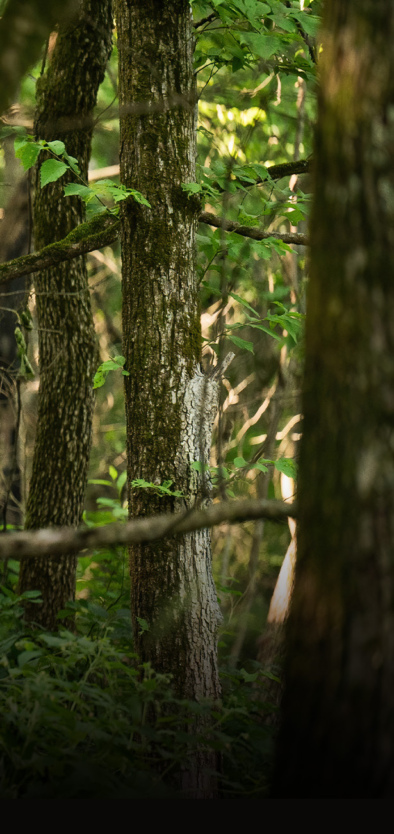



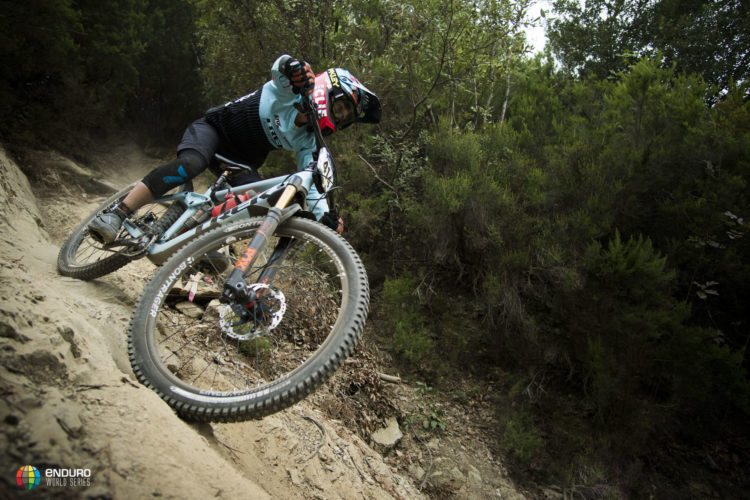
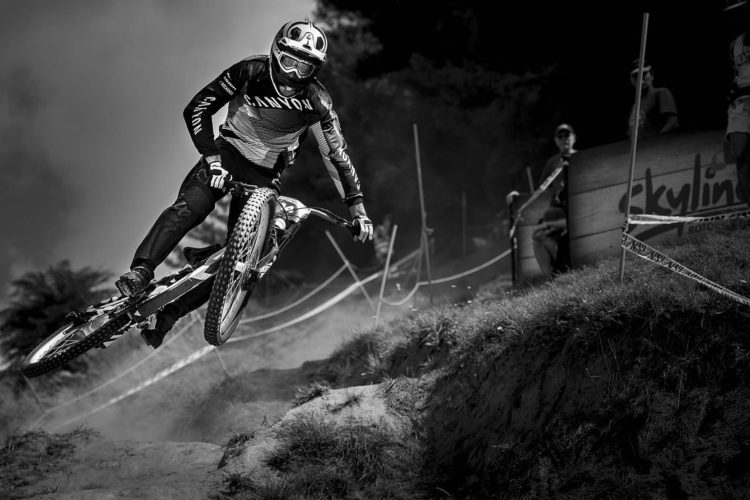
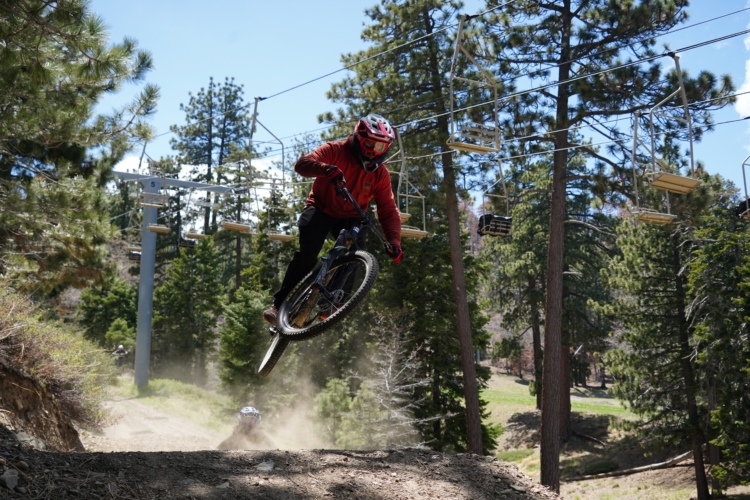
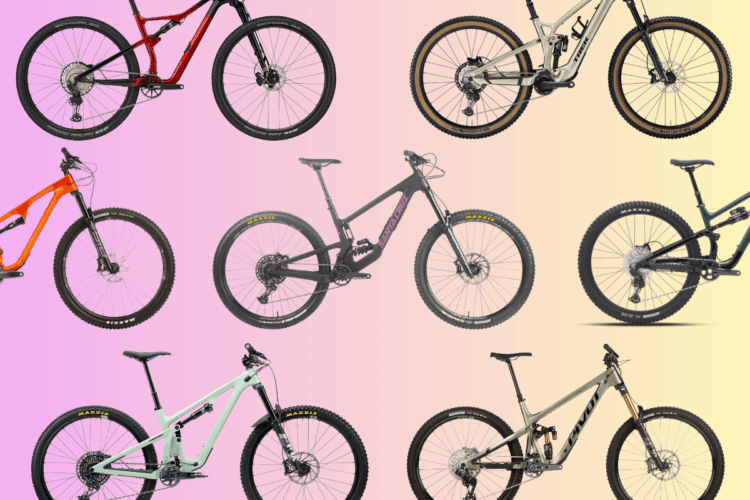
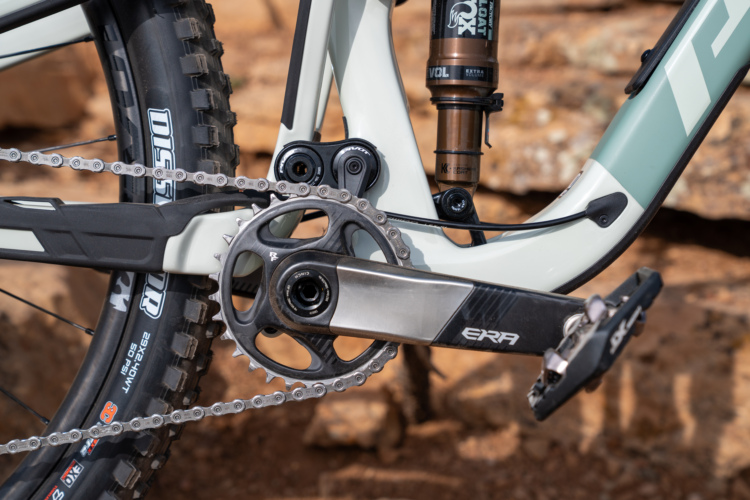
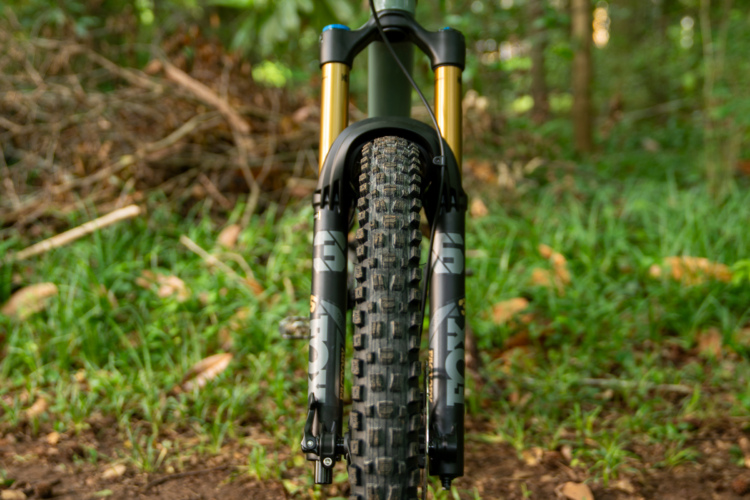

18 Comments
Feb 7, 2018
Feb 7, 2018
Feb 7, 2018
Feb 7, 2018
Feb 7, 2018
But I guess the broader question is this: if your end goal is "health" shouldn't you be incorporating metrics that are more directly tied to that goal? As mentioned earlier, riding trails with lots of elevation gain should improve your fitness and overall health. That can be measured (at least indirectly) with some of the following metrics, which are available on a variety of fitness trackers/devices:
- RHR (Resting Heart Rate)
- Body Fat % (or BMI)
- VO2 Max
- HRV (Heart Rate Variability)
There are other fitness metrics as well (strength-based, enduranced-based, etc.) that can provide a sense of progress toward a fitness goal. Another great metric is race times or even, dare I say, setting PRs on Strava segments :0. Just some food for thought...
Feb 7, 2018
But why do I not want to get injured? Why, so I can have more adventures, of course.
More on this in a future column, but my main goal with riding has never been “fitness” or “health” as most people define them, but rather, adventure.
Do health and fitness play a part in adventure? Sure. The more fitness you have and the healthier/injury free you are, the more adventuring you can do!
Feb 7, 2018
Feb 7, 2018
Feb 8, 2018
Feb 10, 2018
Feb 8, 2018
That said, I probably spent more time on test bikes than on the GT, but most of my test bikes last year were relatively long-travel trail and enduro bikes as well: Rocky Mountain Slayer, GG Shred Dogg, Niner RIP 9, Ibis Mojo HD4... maybe others?
Also, above you said the best part of doing the climbing is the 333k feet of descending. Well, I was thinking about it, and 333k feet of climbing in a year usually nets me WAY MORE descending than I do climbing! Between shuttle laps (which I do quite a bit of, especially mid-summer) and days at the bike park, it's pretty common for me to descend way more than I climb in a day.
Feb 7, 2018
I just bought a Garmin Fenix 3HR at Christmas and this is the first time I've gotten this into recording metrics on my rides and runs. Unlike you, the majority of my training is on my road bike or running, and unfortunately, my mountain bike time is way less than I would like. Because of this, my goals are all currently mileage based. Like the above poster mentioned, maybe I'll incorporate some other measurements.
Nevertheless, whatever motivates you is good in my book.
Feb 7, 2018
This is definitely the meta-narrative of this column. Focusing on just one metric may be helpful, or it may lead us down a path to excess and injury. If mileage is working out for you? Great! For me, not so much...
Feb 7, 2018
This year, I'm focusing less on hitting a specific mileage target. I'll still be riding plenty, but it's more about just having fun. The good thing for me is that my idea of fun is really, really long bike rides. Planning on doing some enduro races around the Southeast as well and probably ORAMM. That'll be my one big race for the year.
Feb 8, 2018
Feb 7, 2018
What enduro races are you planning on hitting?
Feb 7, 2018
Feb 7, 2018